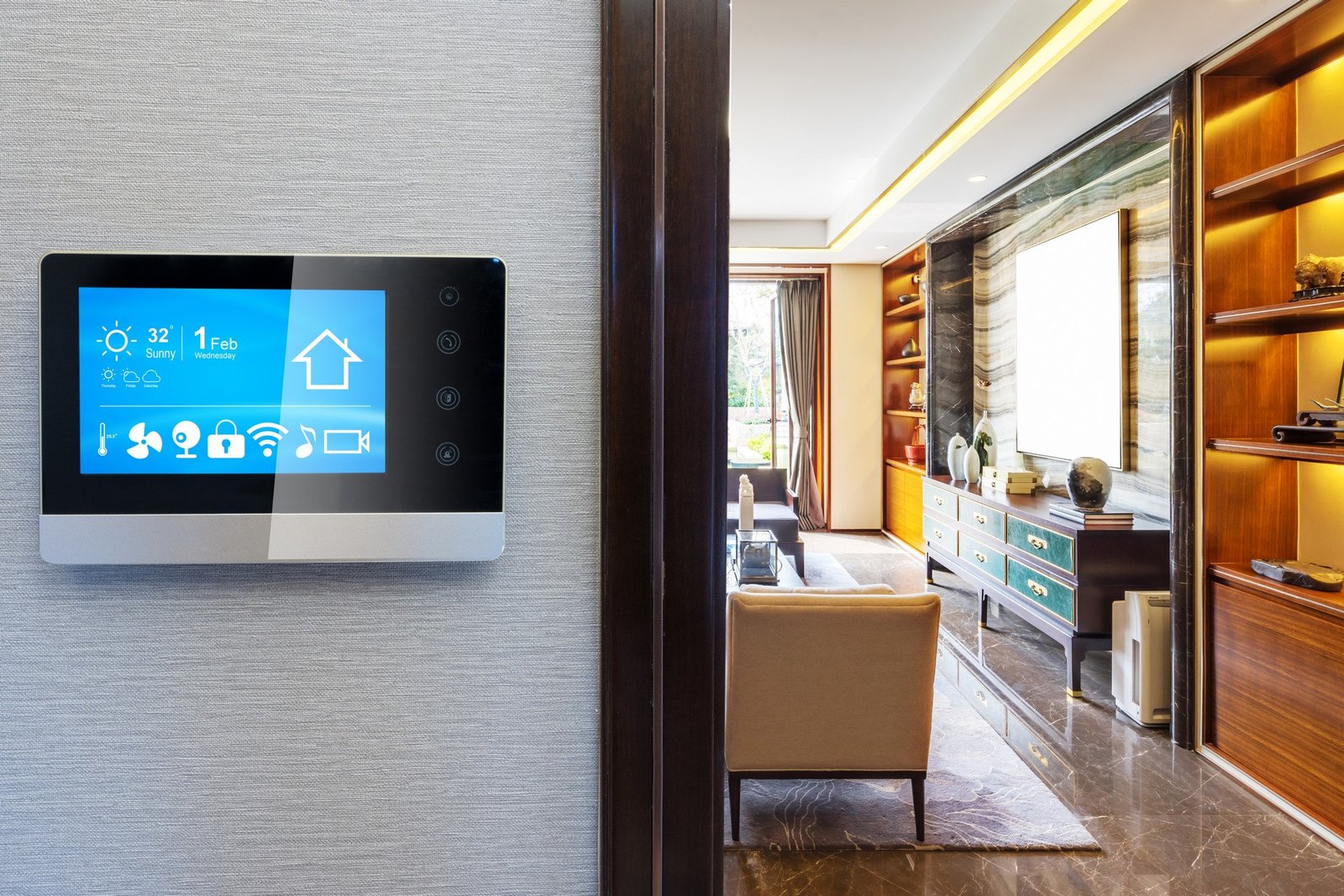Revolutionizing Living and Urban Spaces with IoT Technology

The Internet of Things (IoT) is transforming the way we live in our homes and interact with our cities. In this blog, we’ll explore how IoT technology is being used in smart homes and cities, the benefits it provides, and the challenges that need to be overcome to ensure its success.
IoT in Smart Homes
IoT technology is being used in smart homes to provide a more connected and automated living experience. Some examples of how IoT is being used in smart homes include:
- Smart lighting: IoT-enabled lighting systems can be controlled remotely, adjusted to suit individual preferences, and even respond to natural light.
- Smart thermostats: IoT-enabled thermostats can be controlled remotely and adjusted based on individual preferences and daily routines.
- Home security: IoT-enabled security systems can monitor homes remotely, send alerts to homeowners when activity is detected, and even notify emergency services when necessary.
- Smart appliances: IoT-enabled appliances such as refrigerators, ovens, and washing machines can be controlled remotely, and can even order supplies when running low.
IoT in Smart Cities
IoT technology is also being used in smart cities to improve the efficiency of public services, enhance safety and security, and reduce environmental impact. Some examples of how IoT is being used in smart cities include:
- Smart transportation: IoT-enabled sensors can monitor traffic flow and optimize routes for public transportation, reducing travel time and congestion.
- Smart waste management: IoT-enabled sensors can monitor waste levels in public trash cans and dumpsters, optimizing collection routes and reducing the amount of waste sent to landfills.
- Smart lighting: IoT-enabled lighting systems can adjust lighting levels based on foot traffic and weather conditions, reducing energy consumption and costs.
- Air quality monitoring: IoT-enabled sensors can monitor air quality in real-time, allowing city officials to take action to improve air quality and reduce pollution.
Challenges to IoT Adoption in Smart Homes and Cities
Although IoT technology has the potential to revolutionize smart homes and cities, there are several challenges that need to be overcome to ensure its success. These include:
- Integration with existing infrastructure: IoT technology requires integration with existing infrastructure, which can be complex and time-consuming.
- Data privacy: The sensitive nature of IoT data can raise concerns about data privacy and security.
- Interoperability: IoT devices from different manufacturers may not be interoperable, making it difficult to create a cohesive system.
Conclusion
IoT technology is transforming the way we live in our homes and interact with our cities. By providing a more connected and automated living experience in smart homes and improving the efficiency of public services in smart cities, IoT can provide significant benefits. However, to ensure its success, challenges such as integration with existing infrastructure, data privacy, and interoperability need to be addressed. With the right approach, IoT technology has the potential to revolutionize the way we live and interact with our homes and cities.
